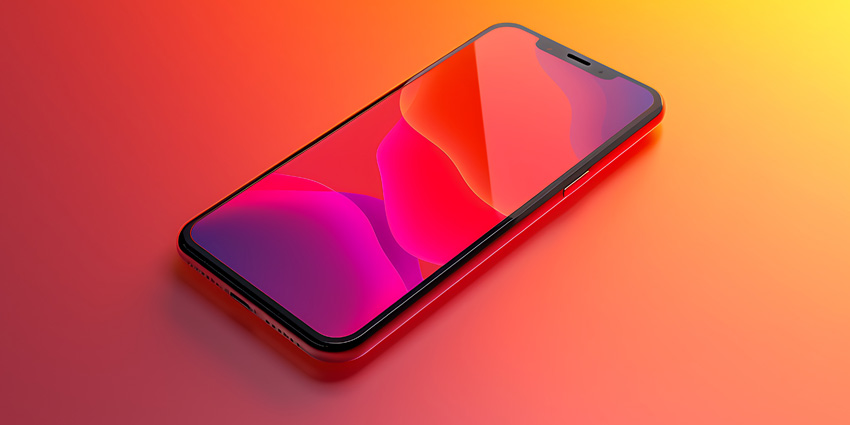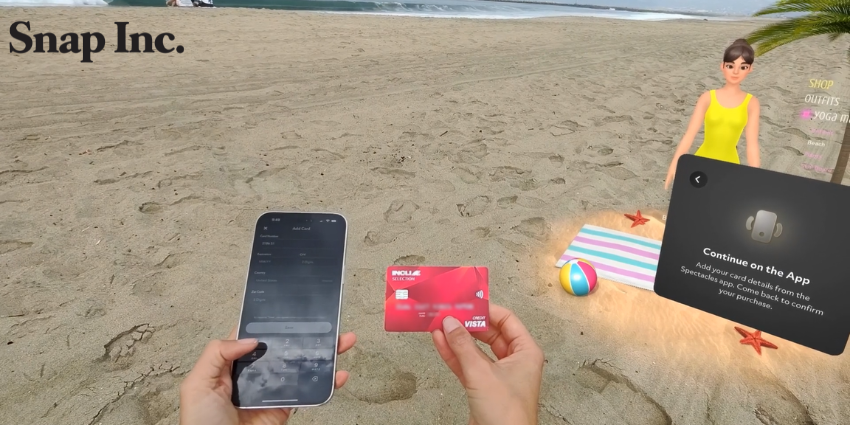AR smart glasses, MR, and VR headsets are a collection of devices that make up the emerging wearable XR market. However, despite the emergence of some devices from firms like Meta, the technology is still very much in its early days, so to get the most out of AR/VR/MR, businesses can turn a common end-device that is already in a worker’s pocket – their smartphone.
Recently, XR Today spoke exclusively with Roshan Raju, the CEO and Founder of Imersive.io, a firm that focuses on AR and 3D commerce and marketing, to discuss today’s immersive tech available for businesses.
Raju said Immersive.io “is helping brands reimagine and improve their online and offline shopping experiences” by leveraging techs like XR and AI, such as creating webXR 3D virtual stores.
“I think the biggest helpful thing that brands are leveraging right now is augmented reality,” with Raju noting that firms such as Shopify and Amazon are experiencing enhanced customer experiences with thanks to XR solutions like putting immersive visualisations of furniture in a buyer’s room; “it’s contextual, I’m confident to make the sale,” Raju added.
Are Smart Phones the Best Avenue for XR?
Businesses today are leveraging immersive technology without using headsets. Smartphones and tablets have an incredible ability to support AR and immersive services for brands and workplaces.
Raju explained:
I think the phone is the most powerful tool; everyone has one. Smartphone penetration across the globe is much higher than that of a headset. That being said, I do believe that headsets can create better shopping and immersive experiences.
Raju added that brand owners currently do not want to create a “solution only for one specific device, today it’s an XR headset, tomorrow it’s AR glasses, the day after it’s optic lenses.”
Raju explained that while wearable technology has its benefits, it’s essential to build on the cloud and build frictionless experiences that work on multiple devices because “we don’t know what device our customer is going actually to be on; they could be on their iPad, they could be on a laptop, it’s really important for brands to think about how they can scale across the omni channel, and not just on devices online, but also bringing that online experience offline as well.”
Moreover, working within 3D marketing, Rashu noted how 3D assets contain various forms of value for a business; he said:
The challenge here is actually asset creation itself. A lot of times, some brands actually have 3D assets, especially in manufacturing. They will use that to make their operations more smooth and to help them with the prototyping of designs, but sometimes, that just ends up stopping there. What we’ve realized is that the same 3D asset can be used for marketing videos or helping with an XR-related online shopping sale through a virtual store. It can even be translated to an offline solution using AR mirrors.
“That’s how you get your return on investment,” Raju continued. “Some of this stuff can be risky; it’s new waters, uncharted territory, especially when you touch something XR-related in retail; there are not many case studies that are there, but those that do exist and show promise.”
Raju added:
Regardless of sector, today, everyone accesses a website, and the majority of the time, that’s going to be an iPhone or smartphone. – It’s important to build for the future, but you have to think about today because, at the end of the day, your customers live today. They might not have those future optic lenses, they might not have the AR glasses, and they may not even have a VR headset. But they definitely have a smartphone. Today, most high-end smartphones have incredible capabilities. iOS devices have LiDAR built in them, which creates depth perception and better AR tracking, and that is an advancement that’s going to push the entire industry.
Watch the exclusive interview with Roshan Raju to learn more about the subject.







